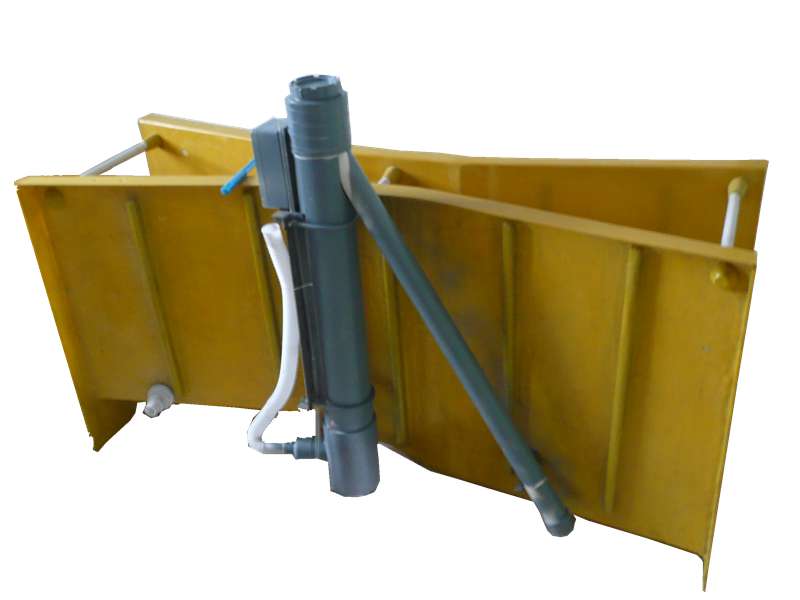
-
 Afrikaans
Afrikaans -
 Albanian
Albanian -
 Amharic
Amharic -
 Arabic
Arabic -
 Armenian
Armenian -
 Azerbaijani
Azerbaijani -
 Basque
Basque -
 Belarusian
Belarusian -
 Bengali
Bengali -
 Bosnian
Bosnian -
 Bulgarian
Bulgarian -
 Catalan
Catalan -
 Cebuano
Cebuano -
 China
China -
 China (Taiwan)
China (Taiwan) -
 Corsican
Corsican -
 Croatian
Croatian -
 Czech
Czech -
 Danish
Danish -
 Dutch
Dutch -
 English
English -
 Esperanto
Esperanto -
 Estonian
Estonian -
 Finnish
Finnish -
 French
French -
 Frisian
Frisian -
 Galician
Galician -
 Georgian
Georgian -
 German
German -
 Greek
Greek -
 Gujarati
Gujarati -
 Haitian Creole
Haitian Creole -
 hausa
hausa -
 hawaiian
hawaiian -
 Hebrew
Hebrew -
 Hindi
Hindi -
 Miao
Miao -
 Hungarian
Hungarian -
 Icelandic
Icelandic -
 igbo
igbo -
 Indonesian
Indonesian -
 irish
irish -
 Italian
Italian -
 Japanese
Japanese -
 Javanese
Javanese -
 Kannada
Kannada -
 kazakh
kazakh -
 Khmer
Khmer -
 Rwandese
Rwandese -
 Korean
Korean -
 Kurdish
Kurdish -
 Kyrgyz
Kyrgyz -
 Lao
Lao -
 Latin
Latin -
 Latvian
Latvian -
 Lithuanian
Lithuanian -
 Luxembourgish
Luxembourgish -
 Macedonian
Macedonian -
 Malgashi
Malgashi -
 Malay
Malay -
 Malayalam
Malayalam -
 Maltese
Maltese -
 Maori
Maori -
 Marathi
Marathi -
 Mongolian
Mongolian -
 Myanmar
Myanmar -
 Nepali
Nepali -
 Norwegian
Norwegian -
 Norwegian
Norwegian -
 Occitan
Occitan -
 Pashto
Pashto -
 Persian
Persian -
 Polish
Polish -
 Portuguese
Portuguese -
 Punjabi
Punjabi -
 Romanian
Romanian -
 Russian
Russian -
 Samoan
Samoan -
 Scottish Gaelic
Scottish Gaelic -
 Serbian
Serbian -
 Sesotho
Sesotho -
 Shona
Shona -
 Sindhi
Sindhi -
 Sinhala
Sinhala -
 Slovak
Slovak -
 Slovenian
Slovenian -
 Somali
Somali -
 Spanish
Spanish -
 Sundanese
Sundanese -
 Swahili
Swahili -
 Swedish
Swedish -
 Tagalog
Tagalog -
 Tajik
Tajik -
 Tamil
Tamil -
 Tatar
Tatar -
 Telugu
Telugu -
 Thai
Thai -
 Turkish
Turkish -
 Turkmen
Turkmen -
 Ukrainian
Ukrainian -
 Urdu
Urdu -
 Uighur
Uighur -
 Uzbek
Uzbek -
 Vietnamese
Vietnamese -
 Welsh
Welsh -
 Bantu
Bantu -
 Yiddish
Yiddish -
 Yoruba
Yoruba -
 Zulu
Zulu
Durable and Lightweight Solutions for Industrial Flooring Using Advanced Fiberglass Grating Technology
The Versatility and Benefits of Fiberglass Grating
Fiberglass grating is increasingly becoming a popular choice in various industries due to its unique properties and numerous advantages over traditional materials such as steel and wood. Made from a composite of fiberglass and resin, this innovative material offers outstanding strength and durability, making it an ideal solution for a wide range of applications.
What is Fiberglass Grating?
Fiberglass grating is a lightweight, strong, and corrosion-resistant material formed by combining fiberglass with resin, often in a grid-like structure. The process involves weaving fiberglass strands and saturating them with resin, followed by curing to create a solid, supportive grid that can withstand heavy loads and harsh environmental conditions. This material is available in various configurations, including molded, pultruded, and custom designs, allowing for versatility to meet specific project requirements.
Key Advantages of Fiberglass Grating
1. Corrosion Resistance One of the most notable benefits of fiberglass grating is its exceptional resistance to corrosive substances, making it an optimal choice for environments exposed to chemicals, saltwater, and other corrosive agents. Unlike metal grating, which can rust and deteriorate over time, fiberglass maintains its integrity and appearance, reducing replacement costs and maintenance efforts.
2. Lightweight and Easy to Handle Fiberglass grating is significantly lighter than its steel counterparts. This lightweight characteristic facilitates easy handling and installation, requiring fewer personnel and reducing labor costs. Less cumbersome than steel, fiberglass grating also eliminates the need for heavy support structures, allowing for more flexible design and installation options.
fiberglass grating

3. Strength and Durability Despite its lightweight properties, fiberglass grating is incredibly strong. It can support heavy loads and withstand extreme pressure, making it suitable for industrial applications, walkways, and platforms. Fiberglass grating is also resistant to impact, ensuring long-lasting performance even in high-traffic environments.
4. Non-Slip Surface Safety is a paramount concern in many industries. Fiberglass grating is designed with a non-slip surface that provides excellent traction, minimizing the risk of slips and falls. This feature is particularly beneficial in wet or oily environments, such as offshore drilling platforms, food processing facilities, and chemical plants.
5. Cost-Effective While the initial investment in fiberglass grating may be higher than some traditional materials, the long-term savings on maintenance, replacement, and safety make it a cost-effective solution. Its durability and low maintenance requirements translate to a decreased total cost of ownership over time.
Common Applications of Fiberglass Grating
The versatility of fiberglass grating makes it suitable for a wide array of applications across various industries. Common uses include
- Industrial Flooring In manufacturing and processing plants, fiberglass grating provides robust flooring options that can resist heavy machinery and chemical spills. - Walkways and Platforms Fiberglass grating's lightweight structure and slip-resistant surface make it ideal for walkways, bridges, and elevated platforms. - Wastewater Treatment Corrosion resistance makes fiberglass grating ideal for use in wastewater facilities, where exposure to harsh chemicals is common. - Marine Applications Many marine environments require materials that can withstand saltwater exposure, making fiberglass grating an excellent choice for docks, piers, and boat ramps.
In conclusion, fiberglass grating provides a robust, durable, and versatile solution for a variety of industrial and commercial applications. Its unique attributes—such as corrosion resistance, lightweight nature, and non-slip surface—make it an excellent alternative to traditional grating materials. As industries continue to seek innovative solutions to improve safety and efficiency, fiberglass grating will undoubtedly play a significant role in shaping the future of material development.
Latest news
-
High-Quality Fiberglass Car Bodies Durable GRP Car & Boat Body SolutionsNewsJul.08,2025
-
High-Quality Fiberglass Dual Lamination Product Manufacturer Durable FRP & GRP Dual Lamination SolutionsNewsJul.08,2025
-
Rectangular Tank with Dimensions for GRP Calculation Custom Fiberglass GRP Rectangular TanksNewsJul.07,2025
-
High-Quality Fiberglass Weir Custom FRP Weir & Fiberglass Tanks ManufacturerNewsJul.07,2025
-
CPVC FRP Pipe A Reliable Choice for Industrial Applications High Strength & Corrosion ResistanceNewsJul.07,2025
-
Fiberglass Scrubber for Effective Cleaning and Stain Removal – Superior Performance in Various ApplicationsNewsJul.06,2025









